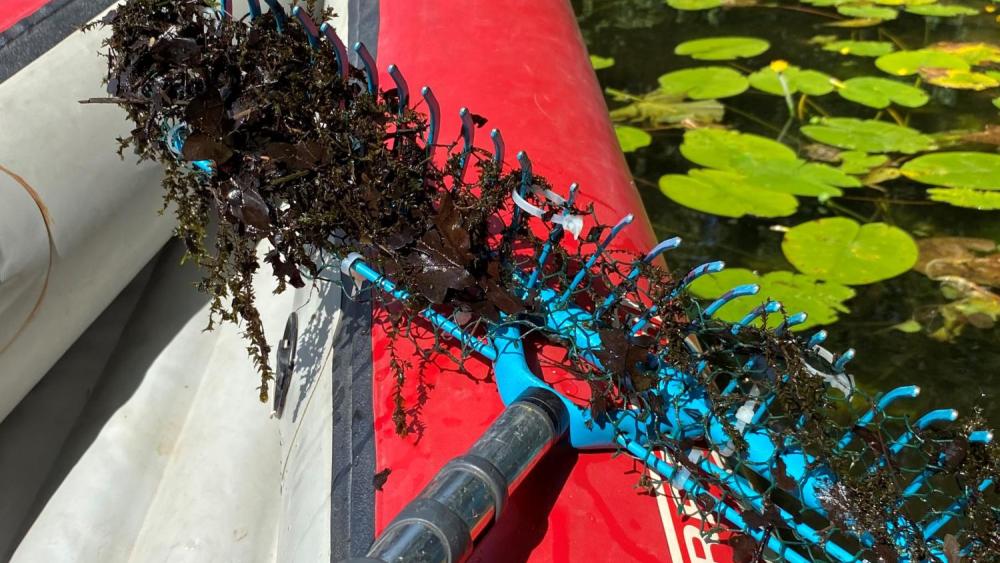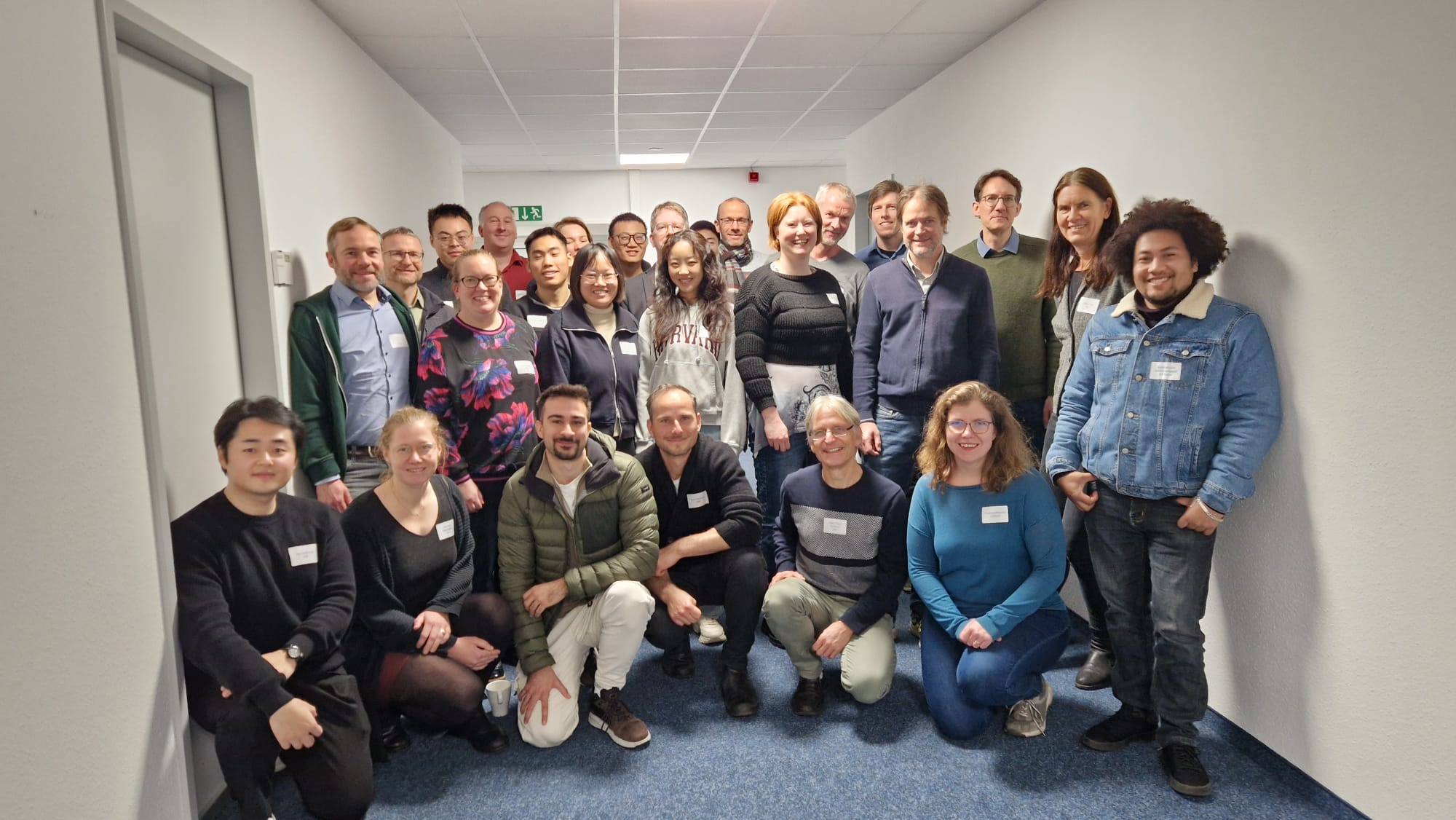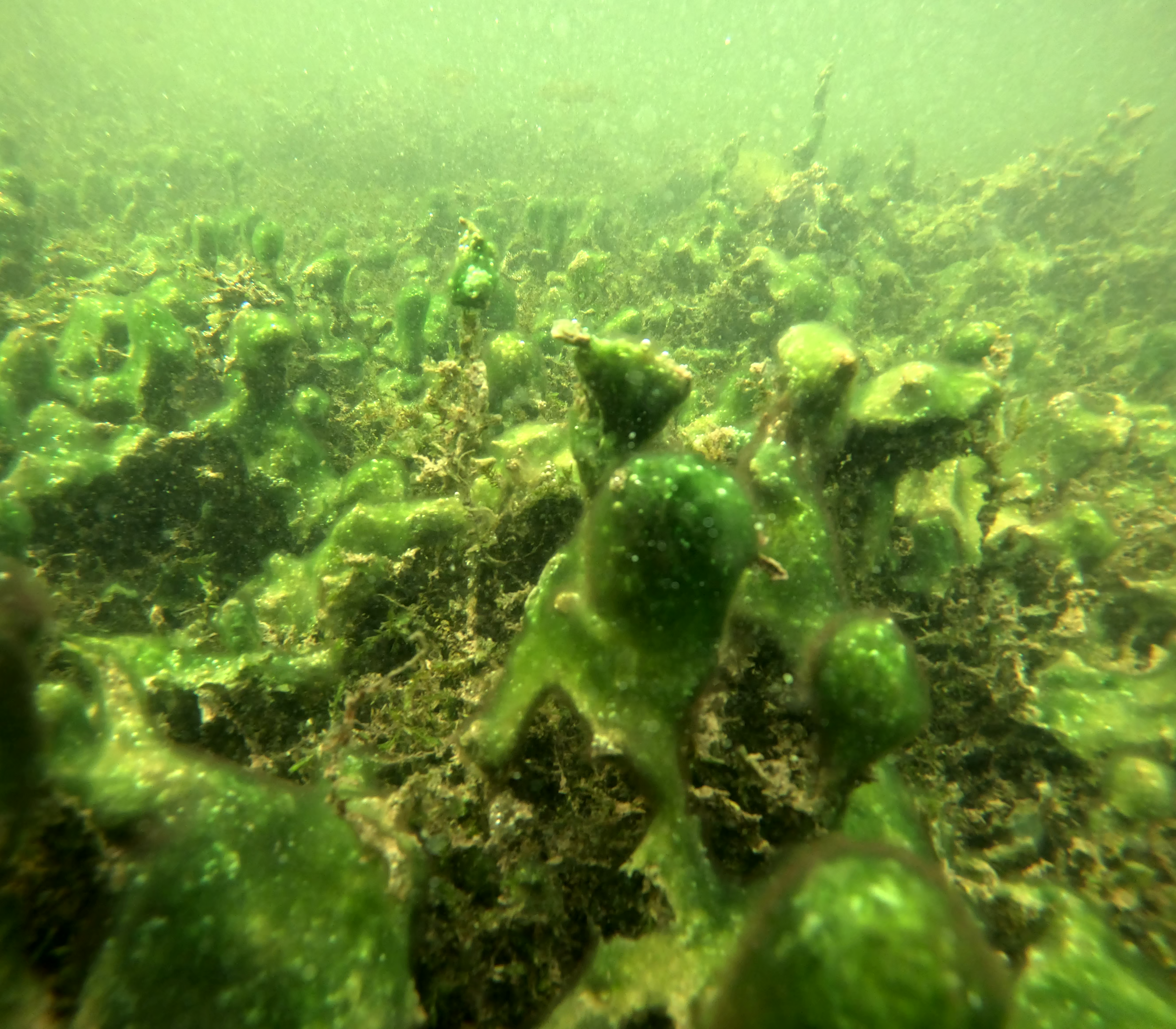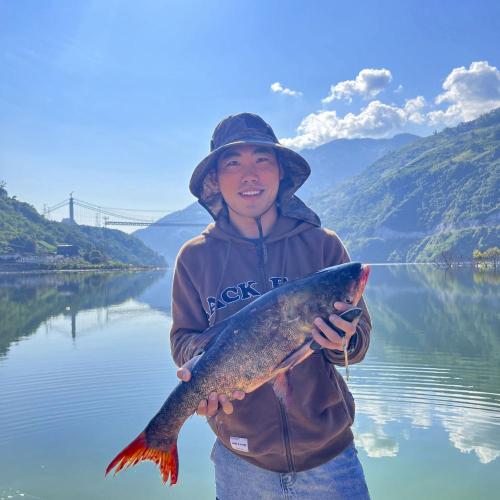DIVATOX
Short profile
Duration

© Sven Meißner/IGB

Neurotoxic cyanobacteria grow on aquatic plants and have already caused fatal animal intoxications. Recent improvements of water quality in lakes are the result of reduced anthropogenic nutrient influx. As a consequence, the overall clarity of inland waters increases and light can now reach much deeper. Wide benthic areas become habitable to aquatic plants and toxic benthic cyanobacteria. However, little is known about the extend, the diversity and the dynamics of the newly established benthic phototrophic communities.
In DIVATOX we strive for knowledge about the interactions between different aquatic plants and their associated neurotoxic cyanobacteria. The focus is on the dynamics of toxin production and the role of abiotic environmental factors as well as microbial interactions. Our goal is to determine- and estimate health risks for humans and animals as well as to enable decision makes with specific recommendations for action.

BMBF Research Initiative for the Conservation of Biodiversity (FEdA) “BiodivHealth –
Exploring the links between biodiversity and human health"
Funding-ID: 16LW0384 (01.08.2023 bis 31.05.2024)
Supervised by
VDI/VDE Innovation + Technik GmbH, Dr. Felix Frey & Dr. Sandra Rajmis
Funding-ID: 16LW0542K
Supervised by: Projektträger Jülich (ab 01.02.2025)










